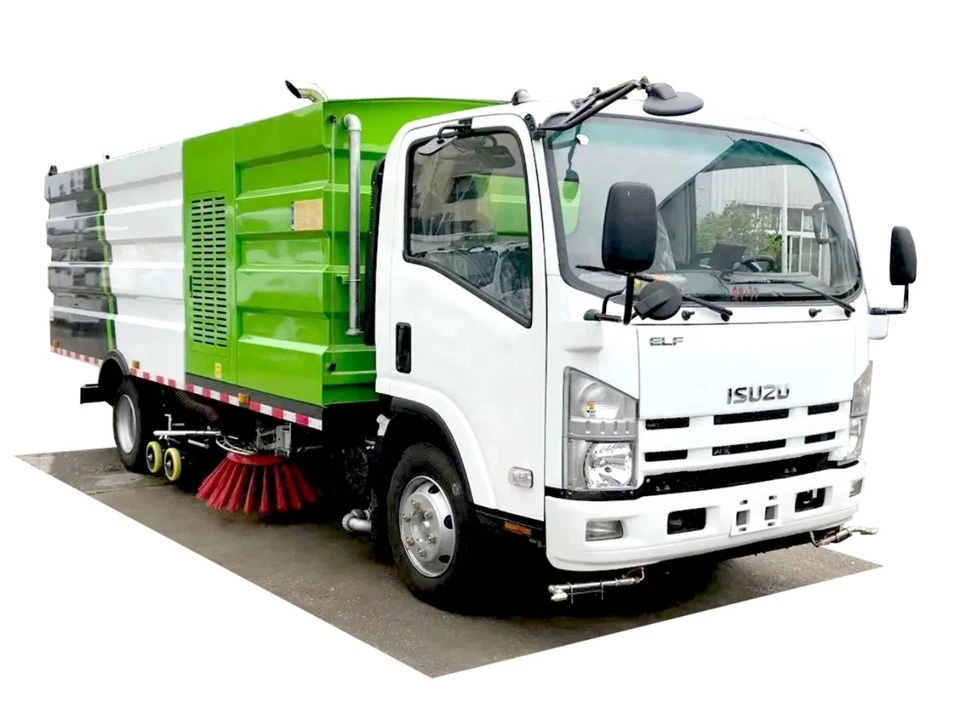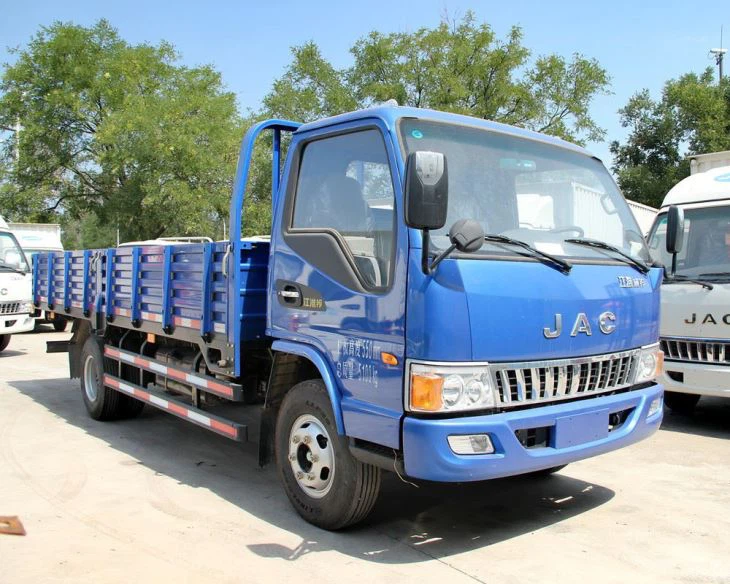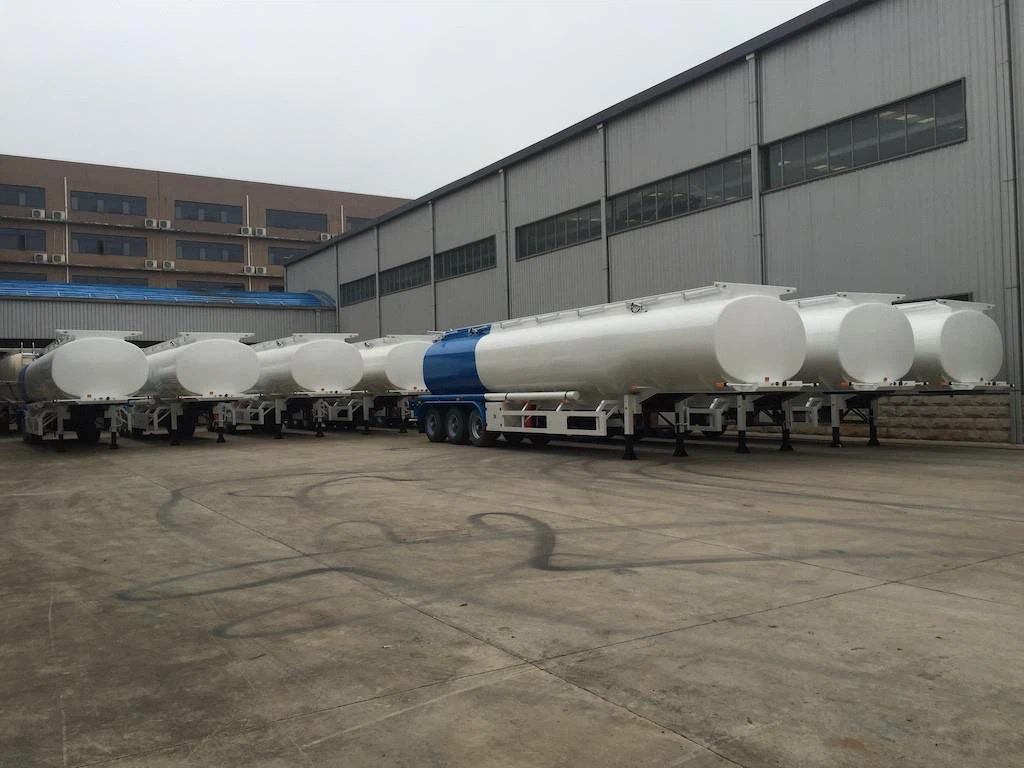Understanding Kei Truck Gas Tank Size: A Comprehensive Guide

Introduction
Kei trucks, known for their compact size and ingenuity in design, have become immensely popular not only in Japan but also around the world. One of the fundamental aspects of these vehicles is their gas tank size, which greatly influences their usability and efficiency. In this article, we delve into everything you need to know about kei truck gas tank sizes, their variations, practical implications, and much more.
What is a Kei Truck?
Definition and Characteristics
Kei trucks are small, lightweight vehicles that fall into the category of “Kei cars,” a Japanese term for mini vehicles. These trucks are designed primarily for urban environments, featuring compact dimensions and high fuel efficiency. Characteristics include:
- Engine displacement of less than 660cc
- Maximum width of 1.48 meters
- Length under 3.4 meters
- A flat bed for transporting goods
History and Popularity
Introduced in the post-war era in Japan, kei trucks have gained immense popularity due to their affordability and practicality. Their low running costs and ease of driving in crowded urban settings make them suitable for businesses and personal use alike.
Understanding Gas Tank Size in Kei Trucks
Standard Gas Tank Sizes
The gas tank sizes in kei trucks generally range from 30 to 40 liters. However, it’s essential to note that variations exist based on the specific model and manufacturer. Below is a breakdown of common kei truck gas tank sizes:

| Model | Gas Tank Size (liters) |
|---|---|
| Daihatsu Hijet | 31 liters |
| Suzuki Carry | 33 liters |
| Honda Acty | 26-28 liters |
| Subaru Sambar | 30 liters |

Factors Affecting Gas Tank Size
Several factors contribute to the size of the gas tank in a kei truck, including:
- Model Variations: Different models possess different dimensions and designs, impacting tank size.
- Design Focus: Manufacturers emphasize different aspects of performance or storage, affecting fuel capacity.
- Regulations: Local and federal regulations regarding vehicle specifications also play a role.
Practical Implications of Gas Tank Size
Fuel Efficiency and Range
The gas tank size directly influences how far you can travel on a single tank. A larger tank generally means a longer driving range, but fuel efficiency also plays a significant role. For instance:
- If a kei truck has a gas tank size of 31 liters and offers a fuel economy of 15 km/l, it can cover approximately 465 kilometers on a full tank.
- A truck with a 33-liter tank and fuel economy of 12 km/l will cover about 396 kilometers.
Operational Costs
Understanding your kei truck’s fuel capacity helps in budgeting for fuel costs. With fluctuating fuel prices, knowing your vehicle’s efficiency allows better planning for financial outlays.
Comparing Kei Trucks by Gas Tank Size
Choosing the Right Model
When selecting a kei truck, gas tank size should be a critical consideration. Models with larger tanks may be preferred for business purposes where travel distances are further. On the other hand, if you mostly drive in urban environments, a smaller tank may suffice.
Best Kei Trucks with Larger Tanks
- Daihatsu Hijet – 31 liters
- Suzuki Carry – 33 liters
Best Kei Trucks with Smaller Tanks
- Honda Acty – 26-28 liters
- Subaru Sambar – 30 liters
Maintenance Tips for Kei Truck Gas Tanks
Regular Checks
Regular inspection of your gas tank is vital to avoid leaks or damages. Here are tips for effective maintenance:
- Check for signs of corrosion or rust.
- Ensure gas caps are secure to prevent evaporation.
- Inspect fuel lines for cracks or leaks.
Fuel Type Considerations
Most kei trucks run on standard gasoline, but always verify the type recommended by the manufacturer. Using the wrong fuel can affect engine performance and efficiency.
Tips for Enhancing Fuel Efficiency in Kei Trucks
Driving Habits
Your driving style can significantly impact fuel consumption. Here are some tips to maximize efficiency:
- Avoid rapid accelerations and decelerations.
- Maintain a consistent speed on highways.
- Minimize idling time at traffic lights.
Regular Tune-ups
Regular maintenance, such as oil changes and air filter replacements, helps keep the engine running smoothly and efficiently, thereby improving fuel consumption.
Frequently Asked Questions
1. What are the advantages of having a larger gas tank in a kei truck?
A larger gas tank allows for longer driving ranges, making it more convenient for transportation without frequent refueling stops, especially for businesses.
2. Are kei trucks fuel-efficient?
Yes, kei trucks are designed to be fuel-efficient due to their lightweight structure and smaller engines, often averaging between 12 to 15 km/l or more depending on the model.
3. Can I modify my kei truck’s gas tank?
While modifications are possible, it is essential to consult with a professional mechanic to ensure compliance with regulations and that safety is maintained.

4. How do I determine the best kei truck for my needs based on gas tank size?
Consider your typical driving distances, loading needs, and fuel consumption to help select a model that meets your requirements.
5. What fuel should I use in my kei truck?
Most kei trucks run on regular gasoline, but it is advisable to refer to the owner’s manual or manufacturer recommendations for the best results.
6. How can I improve my kei truck’s fuel efficiency?
To enhance fuel efficiency, maintain regular service, adopt efficient driving habits, and ensure your tires are properly inflated.
